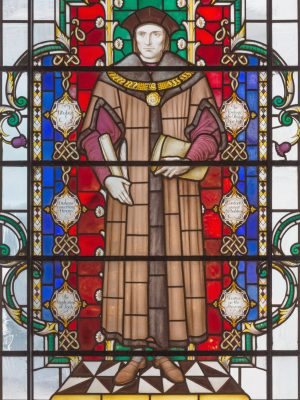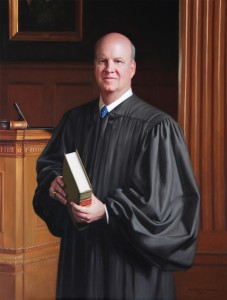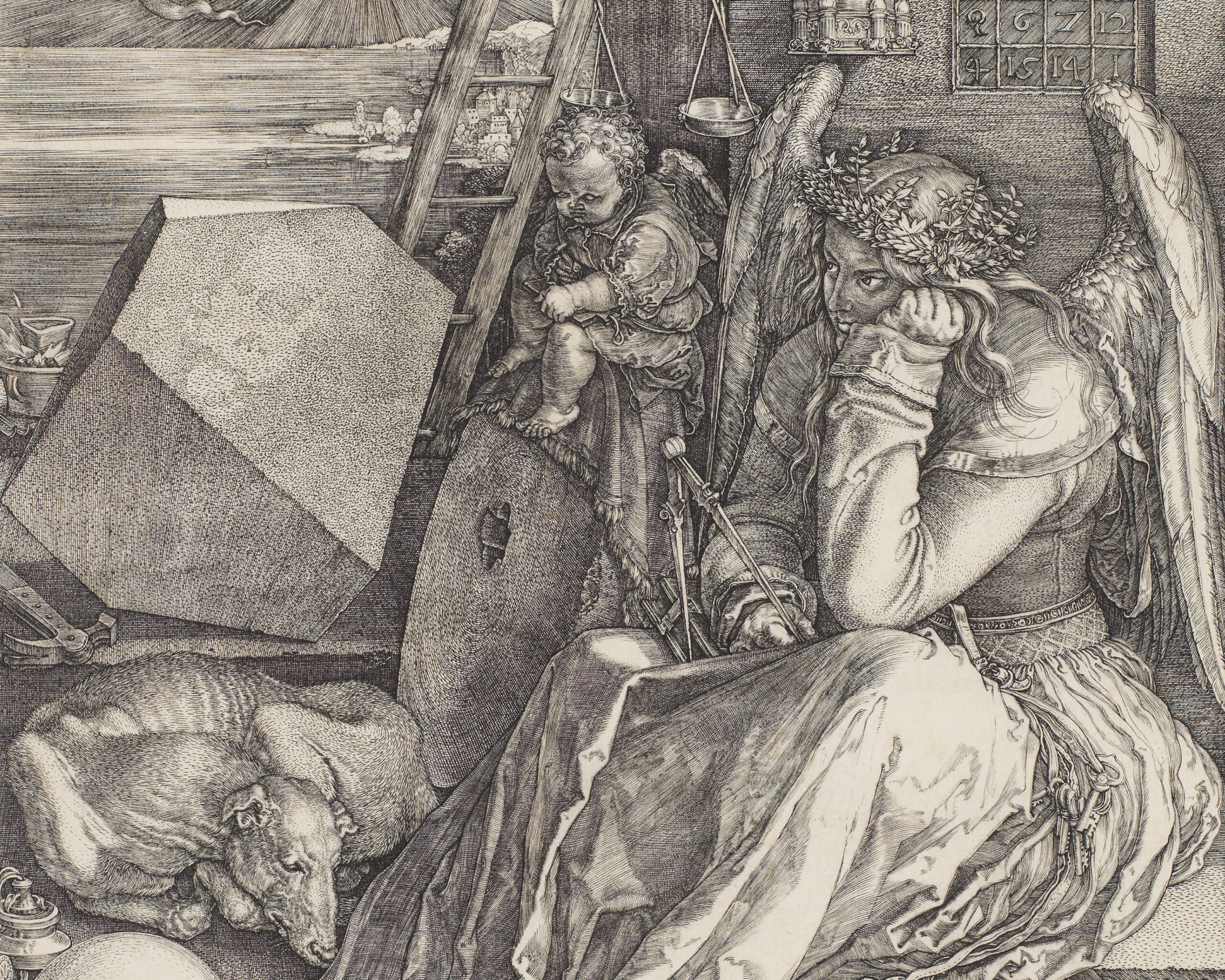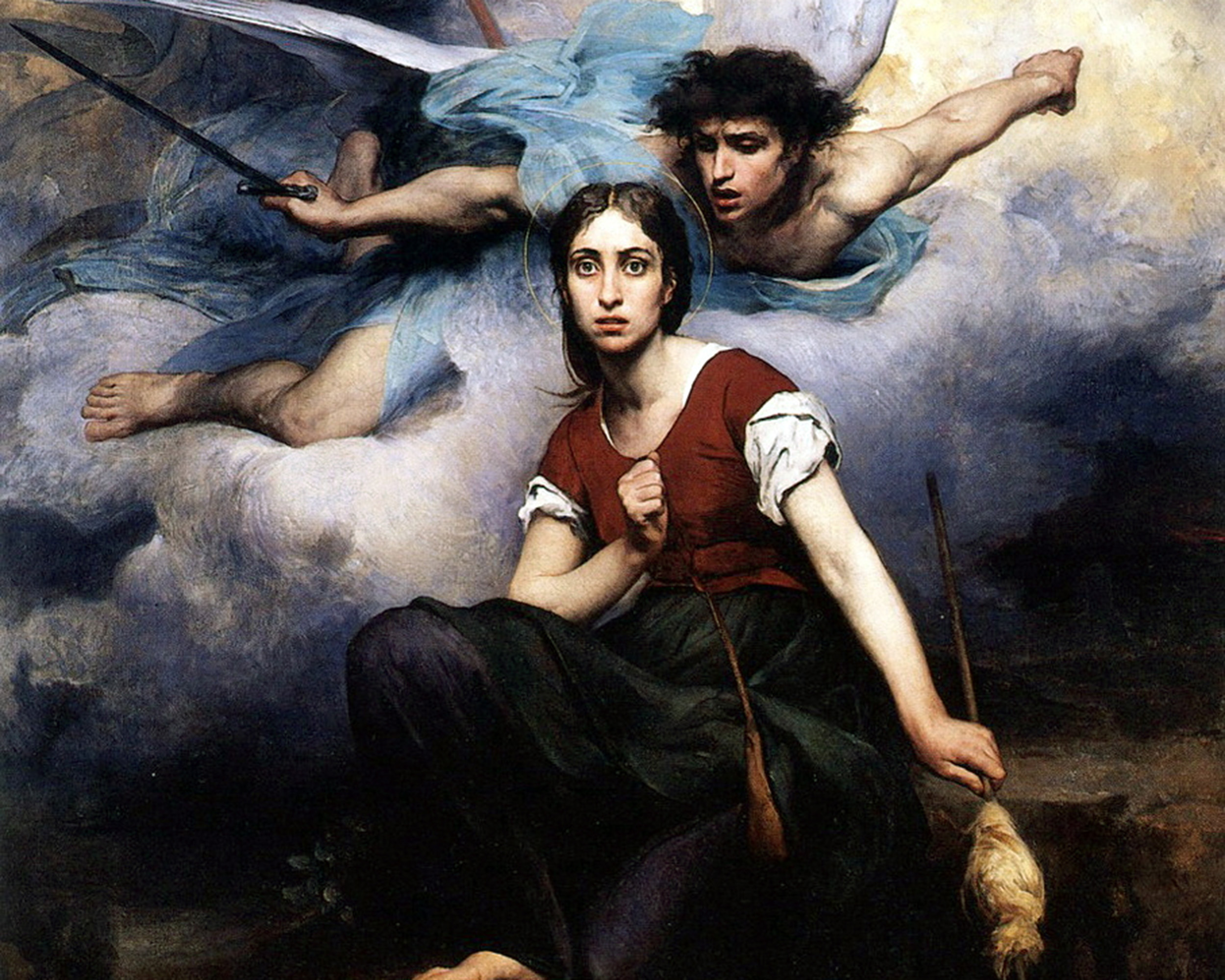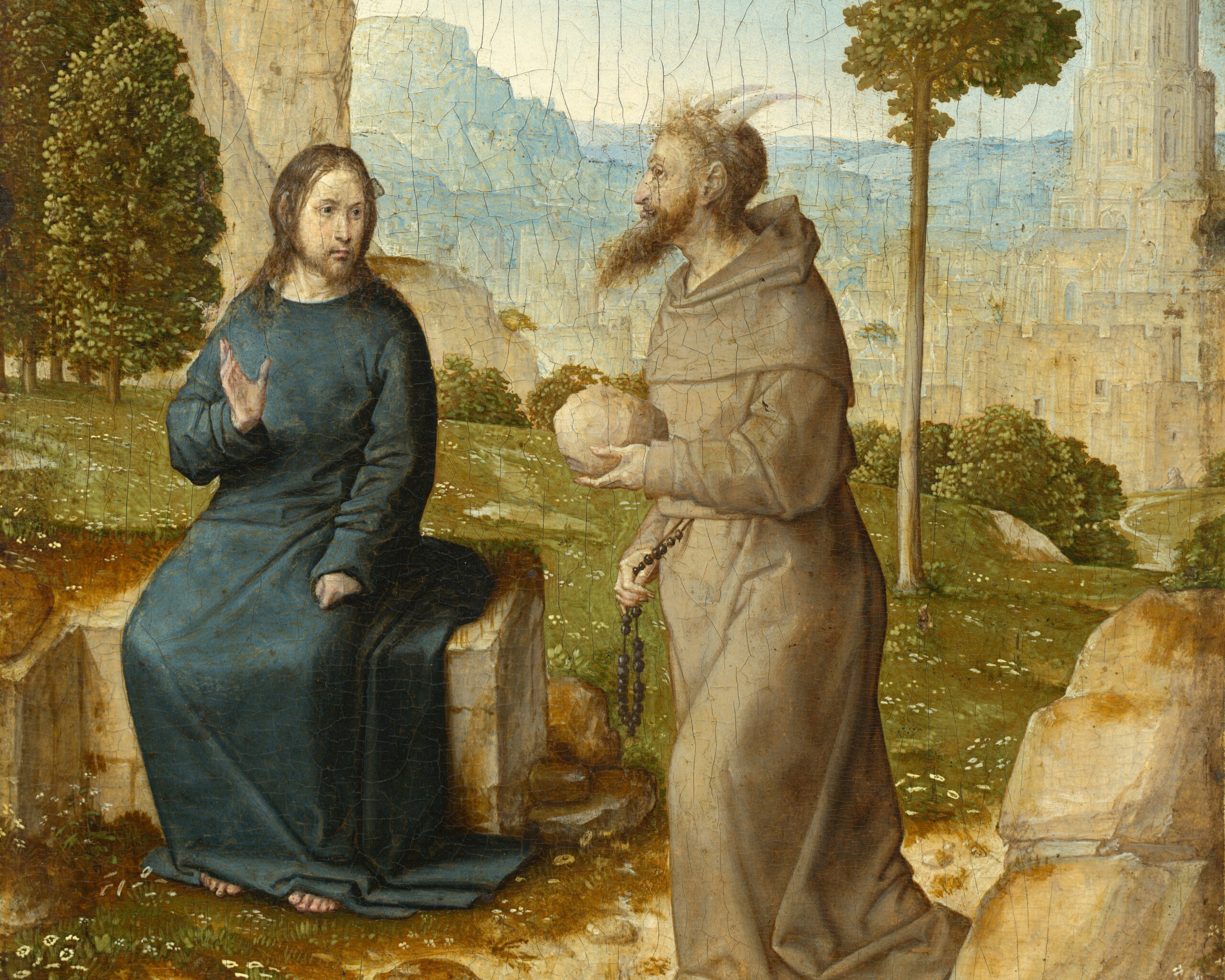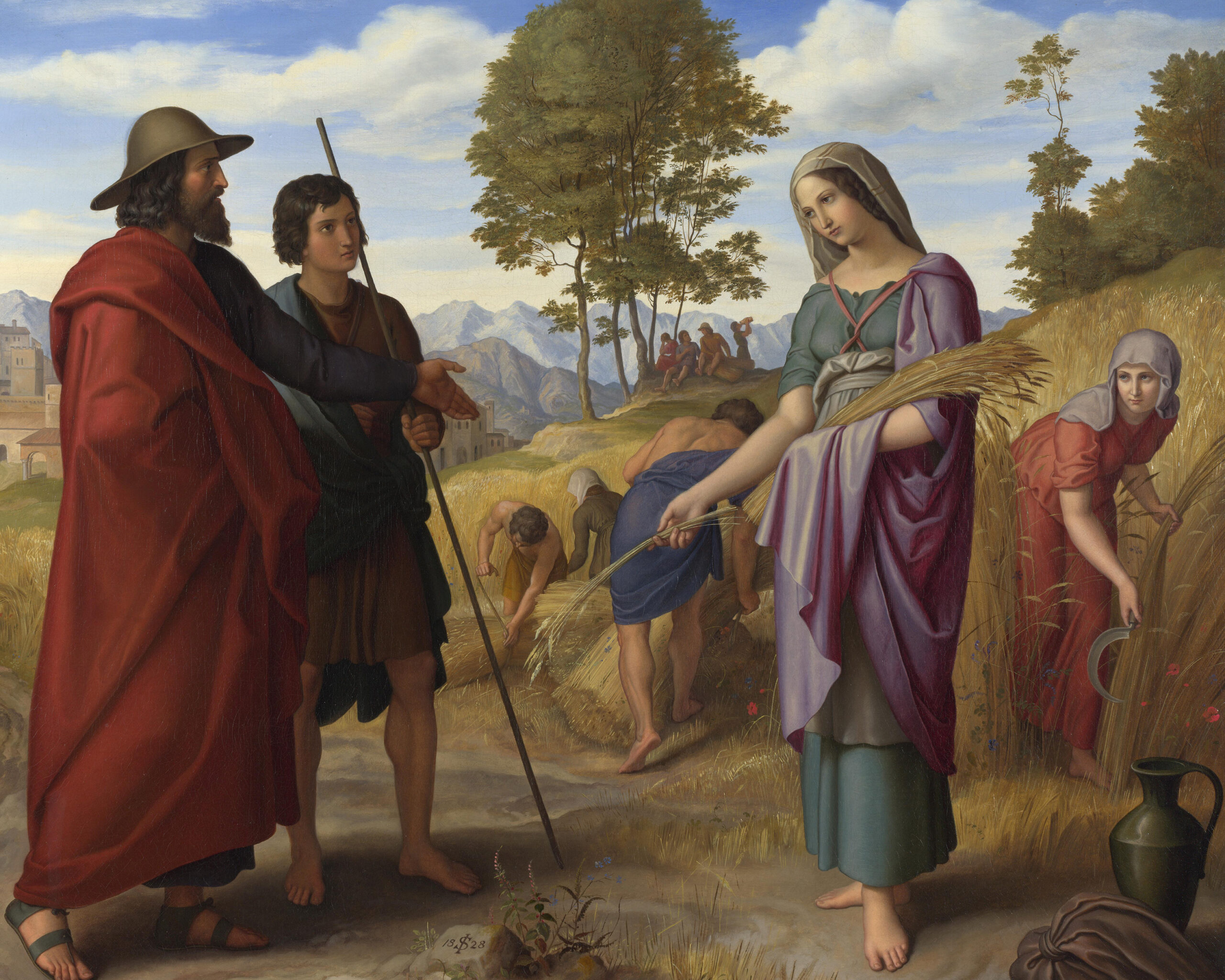“Since we are surrounded by such a great cloud of witnesses, let us throw off everything that hinders us and the sin that so easily entangles. And let us run with perseverance the race marked out for us, fixing our eyes on Jesus, the author and perfecter of faith.”
-Hebrews 12:1
Catholics celebrate the lives of saints. We rejoice when important life moments fall on certain dates. Such “coincidences” confirm to those who have ears to hear the meaningfulness of a given moment. This is an ancient custom as my book John Fisher and Thomas More: Keeping Their Souls While Losing Their Heads attests in many ways.
The book’s Acknowledgments section notes it was written on “the thirty-first day of October, 2020, All Hallows’ Eve, and the twentieth anniversary of St. John Paul II’s pronouncement of St. Thomas More as patron of statesmen and politicians.” The Foreword written by Hadley Arkes designates a completion date of March 19, a date Catholics everywhere celebrate as the great Feast of St. Joseph.
What is going on here? Feast Days draw us into notable events and stalwart figures in salvation history. The long march of faithful souls are presented anew to us harried citizens of twenty-first century life. It causes us to pause and be inspired to imitate the devotion and virtue of the saints, and so intensify our own spiritual commitment and devotion.
It does something else too. It reminds us that we are part of that salvation history. The Chorus in T.S. Eliot’s “Murder in the Cathedral” chants: “And the saints and martyrs wait for those who shall be martyrs and saints.”
Archbishop Thomas Becket sees himself in the cloud of witnesses that dates back to the time of Christ as he preaches a mere days before his own martyrdom his last Christmas Day sermon: “A martyrdom is always the design of God, for His love of men, to warn them and to lead them, to bring them back to His ways.”
And so we see in the lives of Cardinal John Fisher and Lord Chancellor Thomas More a sacrificial living and courageous turn toward death buttressed by the example of the saints. More takes great comfort as his execution date approaches in the fact that it will fall on the Eve of the Translation of St. Thomas Becket’s Relics (July 6).
At trial, he gathers all his remaining strength to pronounce to the “judges to his condemnation,” and to believers down through the ages, his position within the wave of witnesses past:
“But if I should speak of those who are now already dead, of whom many are now holy saints in heaven, I am very sure it is the far greater part of them who, all this while they lived, thought in this case the way that I think now.”
Likewise, Cardinal Fisher harkens back to brave St. John the Baptist’s witness against King Herod. The divorced Herod would marry his brother Phillip’s wife Herodias. Fisher would cite that illicit liaison to condemn King Henry VIII. Fisher tells the Legatine Court, and King Henry VIII too, that the Baptist in olden times regarded it as impossible to die more gloriously than in the cause of marriage.
In a span of ten days, an outraged king rushes to interrogate, indict, try, and execute Fisher before the 24th day of June – that day being, as both the King and Fisher and all of Catholic England knew, the Feast of the Nativity of John the Baptist. Fisher would have the last laugh as the King only accomplished executing him on the 22d of June, the Feast of St Alban, the first martyr of England.
The saints’ and martyrs’ wait was over. John Fisher and Thomas More lost their heads but gained their souls, and now share eternal friendship in heaven with that great cloud of witnesses they so merrily joined. May we be ever conscious of God’s friends, that body of believers who in the company of angels, presently wait for us.
Saints John Fisher and Thomas More, pray for us!
The author’s excellent book, John Fisher and Thomas More: Keeping Their Souls While Losing Their Heads, is published by TAN Books.



